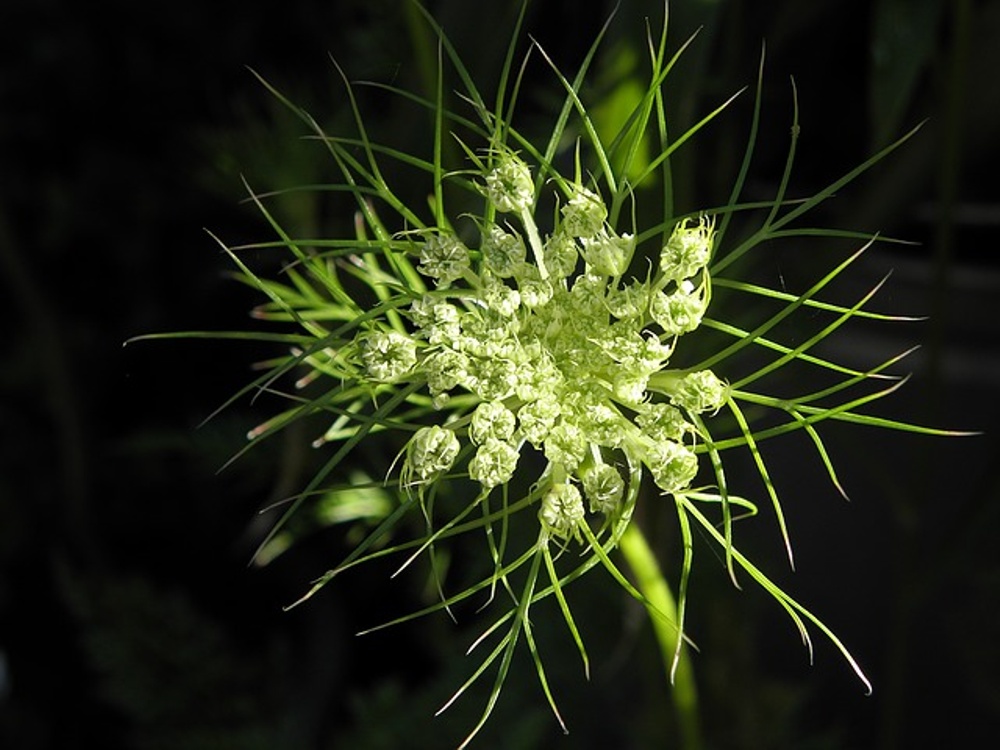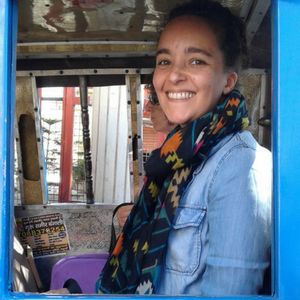
This past Sunday, we wrapped with Week 3 of the 2018 Certificate in Nonviolence Studies course. Part of the week’s learning focus was observing our desires to do harm, for the purpose of eradicating these impulses.
Eradicating means to pull up by the roots. Desire is pretty intangible—it’s not like an object we can see or touch. So, how do we pull a desire to create harm up by its roots? Tenderly, with awareness and patience.
I volunteered on a WOOF farm in France a number of years ago, and that’s where I learned the importance of gentleness. As anyone with a love for gardening knows: If you tug at a weed with little care, you run the risk of extracting its top but leaving root threads intact. Plus you’ll probably bring up a clod of dirt, some of which dissipates into the air as dust; continue like that and you contribute to soil erosion.
During my time as a volunteer veggie farmer, I did countless hours of weeding. It gave me a genuine appreciation for repurposing what would otherwise be seen as useless. The crop-choking weeds we uprooted became mulch to help prevent new weeds from popping up while keeping the soil moist.
Eradicating isn’t just about pulling up what we don’t want; it’s also about remembering how we grew our roots to begin with.
As with pulling up weeds, eradication of any desire to do harm is a gentle process. We start by observing that feeling when it arises in us—to do something about it, we must of course be aware that it’s there to begin with. Then we develop the patience to work through it (how have I nourished this desire, and what must I do to practice love instead?) without shaming or punishing ourselves for being “bad” people.
Once we’ve pulled up the roots of a desire to cause harm, we understand what it takes to get that far in our healing. We therefore want to do our best to prevent other roots from setting hold. As a result, we’ll likely find more patience with others who, like us, are doing their best according to their own circumstances.
It’s with a desire to create more gentleness in the world that I’m offering yoga-based practices for the Certificate course that’s currently in session. I’m including the link to the audio practice from Week 3 below, in case you’re interested. It runs about 18 minutes; no experience with yoga is required (no yoga mat needed; just your bare feet and an even floor to stand on will do).
Person Power Week 3_MindBodySpirit Practice (18 mins)









So enjoyed hearing this way of gently seeing and ‘unrooting’ our desires to do harm. I feel excitement and hope about this practic for peaceful, authentic belonging in community
I’m very happy to know that you find this approach hopeful. I do too, and I really appreciate how you mention community—that’s what it’s all about.